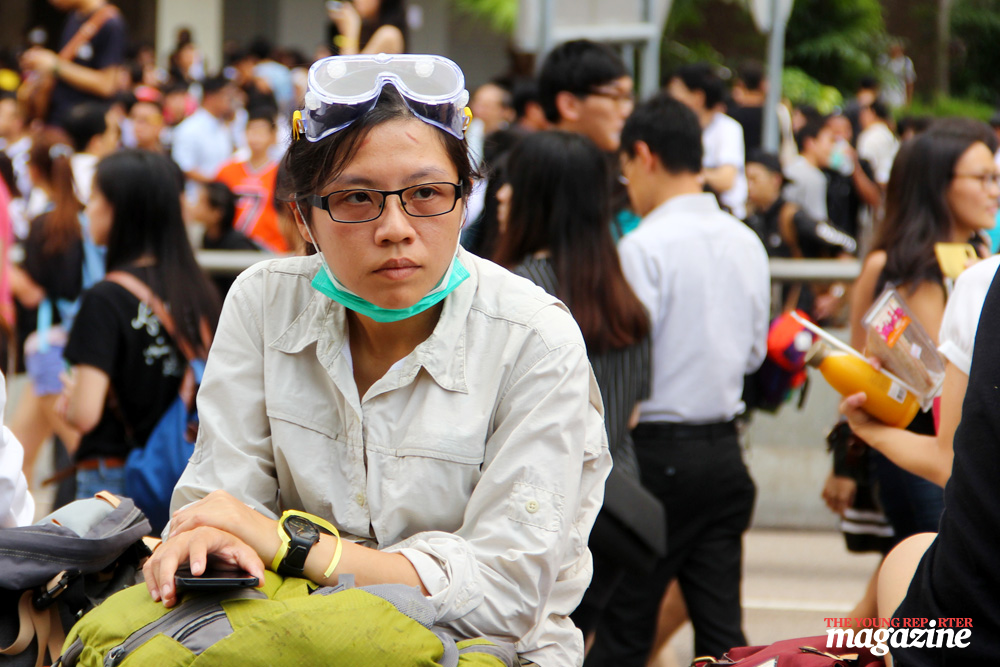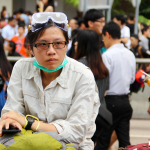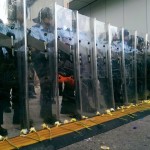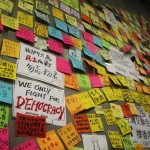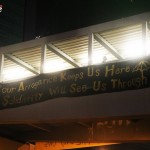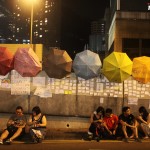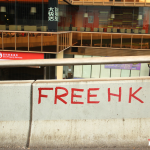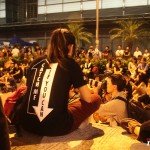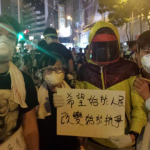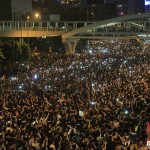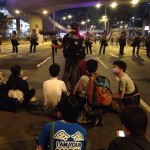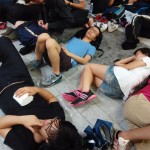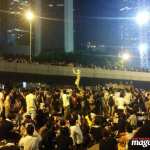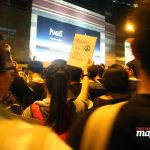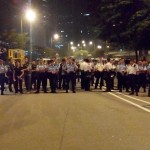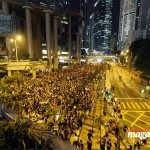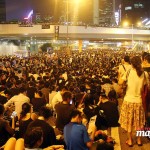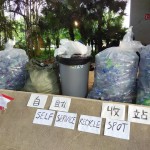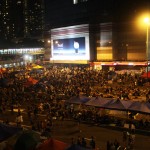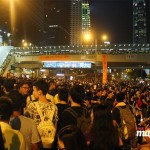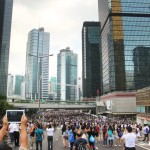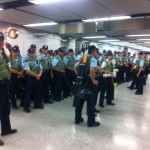Tear gas, pepper spray and gangsters’ attacks have not stopped Hong Kong students fighting for real democracy
On Aug. 31, China announced that all citizens of Hong Kong will be able to elect their Chief Executive in 2017, as a promised democratic reform. However, China also said that the candidates must be the two or three people selected by a nomination committee—which is seen as friendly to Beijing.
This tricky reform triggered the Hong Kong Federation of Students (HKFS) to call for a week-long class boycott on Sept. 22 of all the Hong Kong tertiary education institutions.
The Hong Kong government gave no response to the class boycott and sit-down strike.
Late in the night on Sept. 26 the outraged students besieged the government headquarters and clashed with the police. One of the students’ leaders, Joshua Wong, was arrested and police pepper-sprayed the students.
Thousands of public come to support the students. That included the “Occupy Central” initiator Benny Tai-Yiu-Ting who dramatically announced that his long-awaited “Occupy Central” would officially launch then. That kicked off this unprecedented pro-democracy movement. Some foreign media called it the “Umbrella Revolution”.
Why is the umbrella symbolic?
Suffering tear gas pepper spray, the most convenient protection for the protesters is an umbrella. It can be used to keep out tear gas and pepper spray, and occasionally the rain as Hong Kong is in the rainy season, and has become a symbol of standing together.
What is its character?
This movement has no leader, no political party, nor any political groups involved. It is made up of volunteers, mostly students. No political party participates, it may be because China sends a very strong message that it will not give in to the demonstration; on the other hand, the students said that they don’t need a leader or politician anymore.
“Leader? Actually I think we are okay by ourselves. I don’t think they (politicians or Benny Tai) can do anything helpful,” said a student protester in a TV news interview on Sept. 29.
What is its format?
Students and the public volunteer to go to into the streets. More people donate different essential materials for the protesters. Mats to sit on in the streets, sponsored tents set up in the main roads, and the protesters take turns staying in the streets for 24/7, occupying Hong Kong’s four main business areas. They make use of this tactic to paralyze the city, taking it as a chip to force the government to withdraw the election restriction, crying for real democracy.
How have they suffered?
On Sept. 28, Hong Kong police fired 87 tear gas canisters, powerful pepper spray and an unknown number of plastic bullets at the protesters. Those attacks did not scare the public away, over 100,000 people went to the streets and beset the flag raising ceremony at Golden Bauhinia Square, snubbing China’s National Day on Thursday, Oct 1.
On Friday, Oct. 3, groups of thugs attacked the protestors punching and beating them. In Mongkok, one of the occupied areas, at least 12 people and six police officers were injured during the clashes, according to The Guardian.
What is going on?
Starting from Friday, Oct. 3, thugs keep trying to make trouble with the protesters, no matter which occupied areas. Students and the public are holding tight together to face whoever comes to intimidate them. The Chief Executive Leung Chun-ying set a deadline to the protesters to leave by Monday. The HKFS announced that they will not withdraw.

